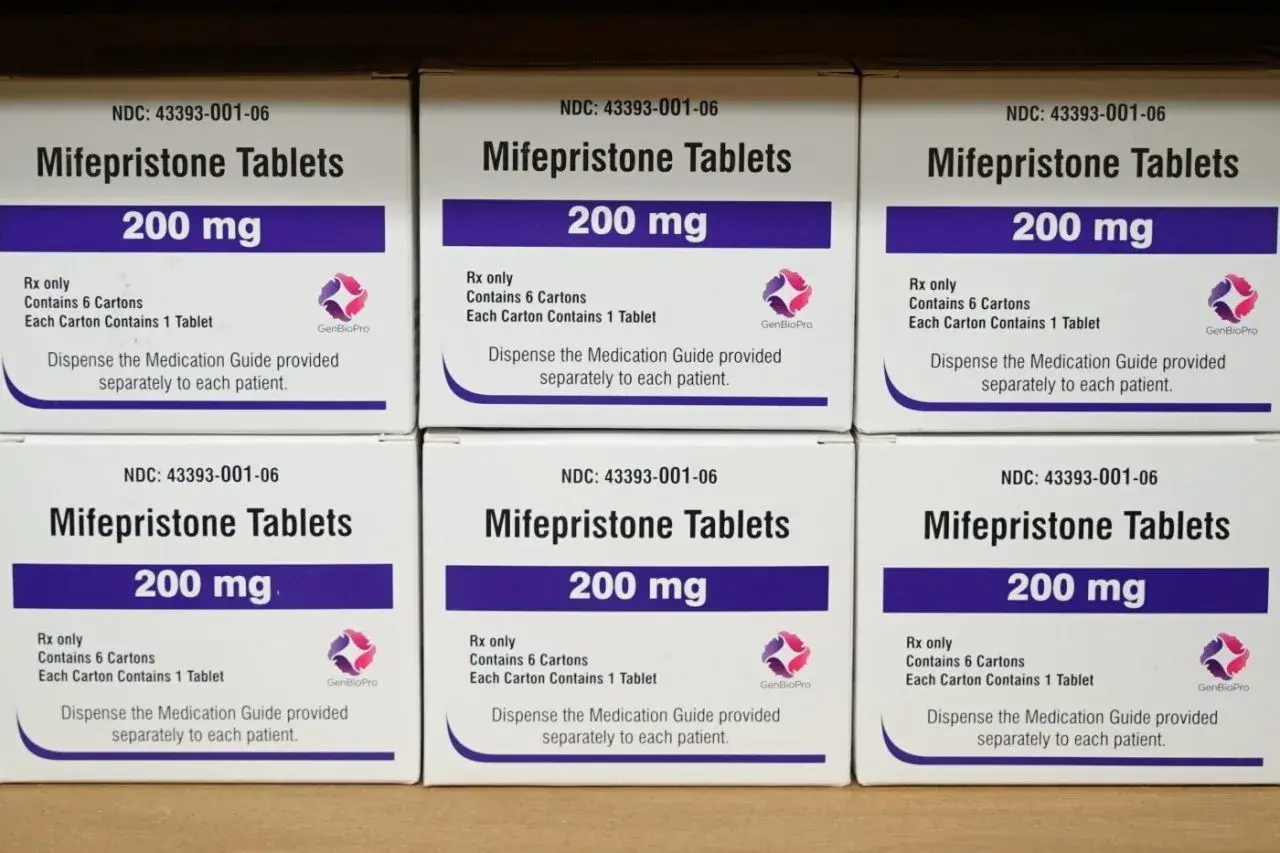The appeals court ruled that the abortion pill mifepristone can remain available but with restrictions. However, access remains unchanged until the Supreme Court decides whether to take the case. The case marks a major legal battle since Roe was overturned. While the ruling allows the drug to stay on the market, it turns back changes by the FDA easing access. Any effects of the ruling are delayed as the case will likely return to the Supreme Court. The judges were appointed by Republican presidents and indicated a willingness to restrict the drug during arguments. Overall the ruling was a partial victory for both sides but access remains unsettled as the legal fight continues.

Never forget the bribery of the criminals serving on the Supreme Court.
It is a shit show from top to bottom.

The moment I found out that that court is answerable to no one, I lost any faith in it. How many “Who watches the Watchmen?” scenarios do we have to go thru before it becomes apparent that an actual system of checks and balances is always necessary?
🤖 I’m a bot that provides automatic summaries for articles:
Click here to see the summary
The three-judge panel ruled 2-1 that mifepristone and its generic counterpart can stay on the market, with Judge James Ho advocating the drug’s original approval should have been invalidated.
Those changes included increasing the gestational age when mifepristone can be used up to 10 weeks of pregnancy rather than seven, allowing the medication to be mailed to patients, lowering the dosage, and permitting providers other than physicians to prescribe the drug.
But the ruling essentially turns the clock back in favor of a group of anti-abortion providers represented by the religious conservative legal powerhouse Alliance Defending Freedom.
The 5th Circuit agreed to put on hold part of Kacsmaryk’s ruling as it considered the case, and the Supreme Court later granted the Biden administration’s request to pause the remaining portions.
Justices Clarence Thomas and Samuel Alito, two of the Supreme Court’s leading conservatives, said at the time they would have allowed the rollbacks to take effect.
The Justice Department and the drug’s manufacturer contended the challengers waited too long to sue over mifepristone’s original approval, and the panel agreed.
Some commentary on logic in the judges decision https://www.tiktok.com/t/ZT8Nscjcq/

Incredible. Almost literally “Vibes are standing”

As I understand the regulations, the FDA did a roundabout way of approving the drug for general use (it was originally approved under a pathway for drugs that were dangerous and had to be closely monitored by a doctor. This really was a weak spot for the FDA’s case. So I think the main critique from the court being that the decision-making of the FDA was abitrary and capricious in relaxing rules to prescribe (if it was dangerous, why did they relax the rules for use during covid? If COVID necessitated an easier way to obtain it, was it dangerous enough to need the Subpart H approval in the first place?). So the way the FDA approved the drug opened them up to administrative challenge.

Do you know if that means that the FDA could just backup and do the approval process again and conclude that it does not need to follow the pathway of a dangerous drug? If it aligned with other drugs that way, then legal arguments might be moot?

They might have to depending on the final court opinion. It’s important to know that that’s a long process, it takes about 10 years. I’m not sure about the specifics of what that would look like for a drug getting re-approved.

